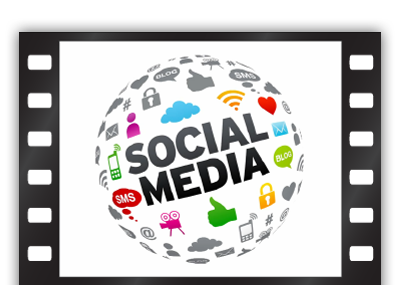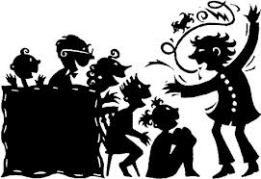Last week the next phase of social videolisation became reality, when Instagram went video. Next thing you know out of nowhere blogs appear on who’s going to win: Instagram or Vine. Not sure that’s an interesting question, let alone the answer to it.
What about YouTube?
The importance of this step by Insta is that now all three big social parties have video. Three? Uh…, yes, cuz Google’s YouTube is the number three social media – right after Google+ itself, so maybe it’s a bit weird to only focus on the other two. However, this has a reason, because Instagram and Vine have been created as social platforms and you could argue YouTube started out more as a digital channel.
Social Videolisation
So what’s the implication of all this? It basically means consumers and brands now have even less of a threshold to make, share and watch video footage online wherever and whenever. We’ve got the hardware (smartphone*ph-/tablet), highspeed network (wifi/4G) and software (social video).
Differences for Brands
-VINE: owned by Twitter, introduced in the beginning of this year. Probably responsible for the super fast intro of video to Instagram (see below). Video’s are limited to 6″ and loop. These two features gives Vine a creative edge over the others, but also makes it harder for marketers to understand how to use it. Click here for more info.
-INSTAGRAM: owned by Facebook, started out as a photo sharing social platform, recently expanded with video functionality. Video’s can be up to 15″ long. From my own experience this is very interesting, because it’s within the comfort zone for marketers and ad agencies, as they feel in 15″ you actually can spread a brand message out there. Check some early examples here. The fact that Facebook and Instagram are very well integrated gives Instagram the best deck of cards.
–YOUTUBE: owned by Google, started out as an online video channel. World leader in video sharing with an unbelievable 72 hours of content uploaded every minute. Of course there’s no real limit to how long your video can be. Although this can be looked at as a plus from a brand point of view, it’s actually not necessarily a good thing, as brand(ed) video’s can easily be too long to be watched by consumers. YouTube does have a big plus over the other two because of better Googlebility.
You could say: they’re will be a tough competition, but another – more FMCG – way of looking at it would be all parties will profit from a category that has now been fully built and still has huge potential to expand.
So: Vine vs. Insta? Whatever, social videolisation has won and will keep on doing so for quite some time. Fantastic for consumers and brands.
You can also check out other video social media such as:
–Pinterest, one of the fastest growing social media ever that started out as an online visual scrapbook. Although the majority of content is pictures, video’s can also be pinned.
–Vimeo, big YouTube competitor, more music industry lead and fed, no advertising.
–Tumblr, created as a micro blogging website and developed into one of the world’s biggest visual social media platforms.





